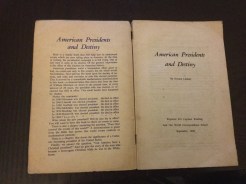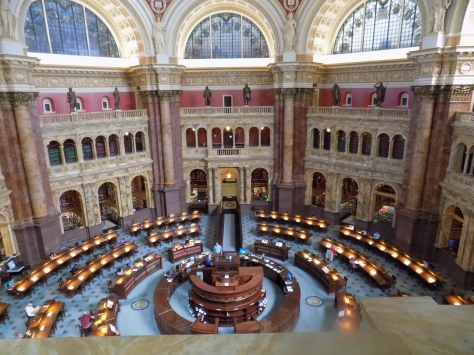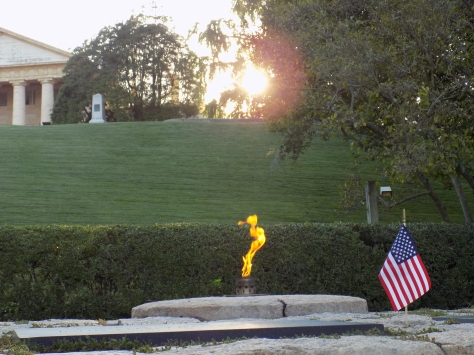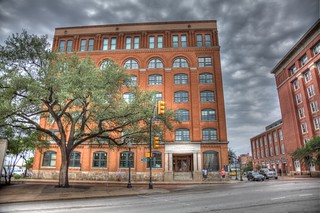If you looked up the definition of “Destiny” in the dictionary, you will read that it says; “the events that will necessarily happen to a particular person or thing in the future”. President John F. Kennedy had a destiny predetermined in terms of his life and death. He had been groomed to become President of the United States following the death of his older brother Joe Jr. In terms of his death being pre-determined, many will argue about the circumstances surrounding his assassination and who was at fault and the many questions that still linger on today. However, I am a big believer in that history will repeat itself if we are not aware of what has happened in the past, and for those of us who love history know that it tends to repeat itself more times than none. While going through my typical weekly Ebay hunting for JFK memorabilia, I found a book that intrigued me, the title of the book “American Presidents and Destiny”. At first glance and without even reading the description, I knew this would be a book that I would be intrigued to purchase.
If you follow the history of the American Presidency you will find out a strange trend that had happened to Presidents starting with President William Harrison elected in 1840. President Harrison died in office as would Lincoln who was elected in 1860, Garfield elected in 1880, McKinley elected in 1900, Harding elected in 1920, Roosevelt elected in 1940, and of course President Kennedy elected in 1960. Every 20 years from 1840 until 1960 the President of the United States died in office. Now back to the book I was talking about that I found on Ebay. This book written in 1960 and published in September of that year asked the question on the front page if the next president will die in office. Once inside the book, it gives you the same information about the previous presidents who died in office, with 1960 left blank (the previous owner of the book wrote down Kennedy in those blank spots). Once I received the book in the mail, I started to comb through the various pages and finding different quotes that show how the author felt about history repeating itself. For instance, one quote in the book, “If this cycle of the presidents continues then the president elected in 1960 will die sometime between 1961 and 1969”. The author of the book did not seem to be a big Kennedy fan and in one section of the book, there is a question and answer section in which the author is asked if JFK would make a good president, despite him being of Catholic religion. The author answered this question by saying, “It is perhaps one of the most fateful developments in American history. It should be the matter of the deepest concern to all U.S citizens”. To the author, if JFK was elected President of the United States, then destiny would take over and history would repeat itself.


I know this is not the typical assassination type material that I have posted in the past, but it is instead of some unique things you can find, whether it is on Ebay, t a thrift store, or at a local flea market. Items like this are unique and show the type of resistance JFK had in trying to get elected president and also shows a predetermined destiny. While hunting for new items to add to my collection I am starting to look more at things that came out before his assassination and see how people felt about JFK, whether it be good or bad. In some future posts, I will be showing you and reviewing some books that I have recently found that show these types of situations. If you have found something unique and would like to share, feel free to comment on the post or reach out to me and I will share on my page.
Embed from Getty Images





















